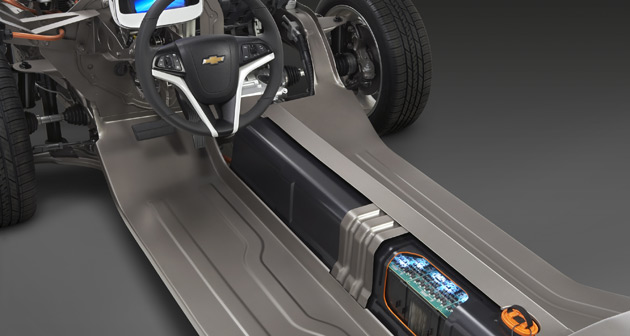Anyone who's stored a car in a rural area has heard stories of the chaos wreaked by nesting squirrels.
Engine compartments stuffed with leaves, twigs, nuts, and even entire furry families can cause overheating and sometimes fires.
But now a new peril has come to light against which electric-car owners may have to guard: Rodents seeking warmth can be attracted to their high-voltage battery packs and other components when the car is plugged in to recharge.

Rattus norvegicus, the brown rat; image from Wikimedia Commons
While gasoline vehicles go cold when they're switched off and parked, the batteries of electric cars stay warm as long as the vehicles stay plugged in--making them that much more attractive to heat-seeking critters.
All electric vehicles "condition" their battery packs to stay at the right temperature while recharging. It may mean using some of the wall current to warm the pack, or to operate fans to keep the pack cool in cars with air-cooled packs like the 2011 Nissan Leaf.
In vehicles with liquid-cooled packs, like the 2011 Chevrolet Volt, wall current may go toward operating the pumps that circulate the coolant.
Either way, battery packs are kind of like human beings: They're sluggish when they're cold, and they work best when they stay warm, but not hot.
As Joe Wiesenfelder of Cars.com explained in a lengthy post yesterday, a rat managed to cause $600 of damage by chewing through a portion of the wiring harness on his 2011 Chevrolet Volt test car.

2011 Chevrolet Volt battery system
And because rats really are considered an "act of nature," the repairs weren't covered under the Volt's warranty.
Now we're wondering if electric-car makers need to consider armored wiring conduits.
It could be worse, though: At least it wasn't sharks, which AT&T found to be causing expensive damage to its undersea cables.
[Cars.com; image: Wikimedia Commons]













